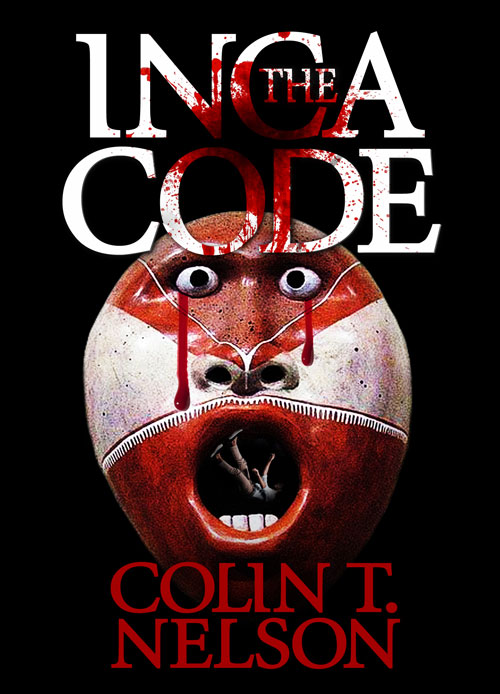 Have you watched Making a Murderer Episode 3? It’s part of the Netflix series about a true crime story from Manitowoc, Wisconson. I’ve worked as a criminal lawyer for over 30+ years and have some arguments for you about the truth behind the series.
Have you watched Making a Murderer Episode 3? It’s part of the Netflix series about a true crime story from Manitowoc, Wisconson. I’ve worked as a criminal lawyer for over 30+ years and have some arguments for you about the truth behind the series.
You recall the story started with the unlawful conviction of Steve Avery. After serving 18 years in prison, DNA testing proved he wasn’t the perpetrator. He began a new life of freedom until a local woman, Teresa Halbach disappeared. In Episode 3, Making a Murderer showed the evidence found on Avery’s property including the burned remains of the missing woman. Then, Avery’s teen aged nephew came forward to tell sheriffs that he had helped Avery murder Halbach. Both were charged with murder. https://www.youtube.com/watch?v=LJb8lUvUMUU
In an effort to dramatize the story, Making a Murderer has cast law enforcement as the villain. Along those lines, here are three arguments I have with the show:
—Why didn’t Steve Avery’s lawyer put up a vigorous defense at the preliminary hearing for Halbach’s murder? The civil lawyer in Avery’s suit against the county complained that the defense should have fought harder. (He’s not a criminal lawyer) What happened? A preliminary hearing has a limited purpose: the government must convince the judge there is “probable cause” to allow the prosecution to continue moving forward. It’s not a trial. The question for the judge to decide: is there enough evidence to say that Steve Avery probably had something to do with the crime? A really low standard of proof.
Contrary to the criticism in Making a Murderer, a criminal defense lawyer may challenge the evidence and try to get the case thrown-out early in the process. In Steve Avery’s case, the evidence was strong. The defense wouldn’t want to reveal any of their case to the prosecution this early in the proceedings—so they wouldn’t put up a strong fight at this point.
—Avery’s nephew, Branden, was interrogated by sheriffs for a long time while Branden was alone without a parent. He was only 16 at the time. Is this legal? In Minnesota, where I practice, interrogations like this occur all the time with juvenile suspects. The Supreme Court has okayed it so long as the juvenile understands the Miranda waiver and the questioning is filmed.
—The Making a Murderer series early on put law enforcement in the role of the villain. Very few law enforcement people are interviewed. Instead, Avery’s lawyers, his family members, and strangers in local bars all say with conviction that Avery was “set up” and that evidence was planted by law enforcement to get Avery behind bars. Although I’ve experienced this kind of behavior in some of my cases, I disagree with it here. Let’s look at some of the evidence.
The defense lawyers said it would be easy to plant the keys in Avery’s bedroom with his DNA on them and also to plant his blood inside the victim’s SUV that matched his DNA. It’s difficult if not impossible to “plant” DNA anywhere. Let’s follow the chain of events that the defense is suggesting here: law enforcement parks the SUV on Avery’s property, somehow they get his blood and smear it inside the vehicle. Next, they somehow get his DNA on the keys and drop them in the bedroom. Maybe, at this point, we could have legitimate suspicions, but there is one huge problem about this theory.
In the end, it also means that law enforcement also killed Teresa Halbach and burned her body on Avery’s property—without anyone else noticing. Do you think they’d do that just to “get Steve Avery?”






